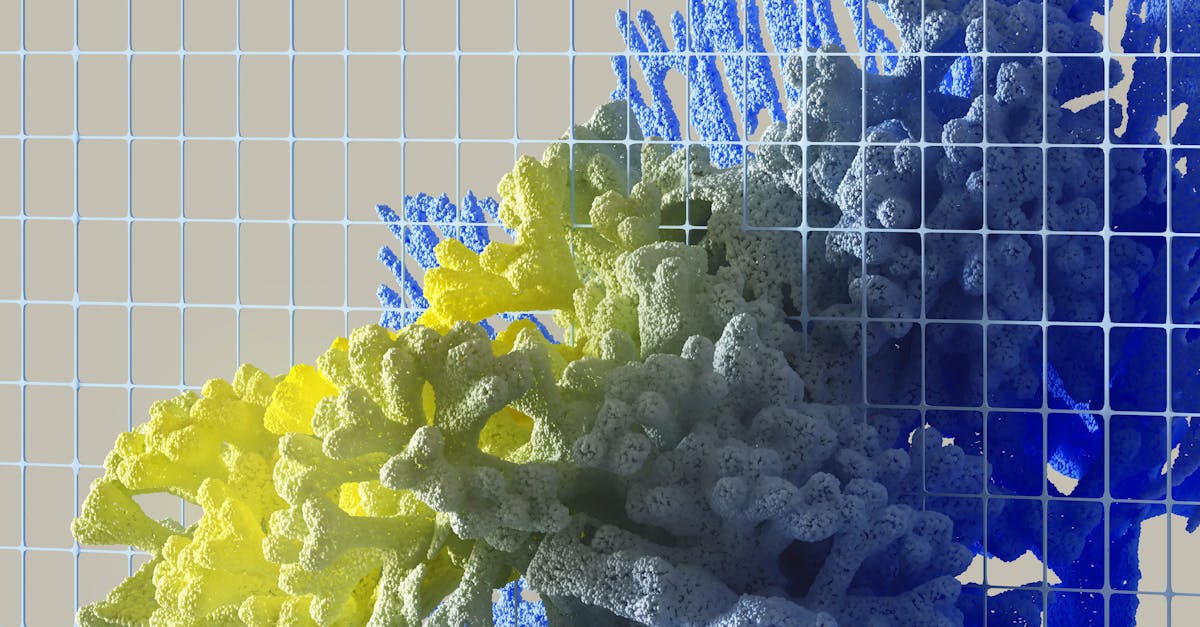The Rise Of Ai In Journalism Balancing Ethics And Innovation
Introduction
In recent years, the integration of Artificial Intelligence (AI) into journalism has transformed the way news is produced and consumed. With AI's increasing role in the newsroom, there is an ongoing debate about the balance between technological innovation and maintaining media integrity. As the news industry navigates this digital shift, questions surrounding automation and ethics have taken center stage. This article explores the implications of AI in journalism, examining both its benefits and challenges while considering the necessary steps for responsible AI integration.

Advertisement
AI in News Production
The incorporation of AI in journalism has streamlined news production processes, allowing news organizations to produce content at unprecedented speeds. AI-powered tools can scan vast amounts of data to identify newsworthy stories, reducing the time required for initial gathering and reporting. These technologies are particularly beneficial in generating automated reports, such as financial updates, weather forecasts, and sports summaries. By handling routine reporting tasks, AI allows journalists to focus on investigative reporting, feature writing, and in-depth storytelling. Additionally, AI-enhanced transcription services have revolutionized the way journalists conduct interviews, converting speech to text with high accuracy. Advanced natural language processing (NLP) tools also help in summarizing lengthy documents, extracting key points, and identifying trends in data-heavy fields such as politics and healthcare. These innovations have not only improved newsroom efficiency but also expanded the scope of journalistic work.

Advertisement
Automation: Threat or Opportunity?
Automation has altered traditional journalism roles, challenging the boundaries between human creativity and machine efficiency. Critics argue that AI-driven automation may lead to job displacement as certain reporting tasks become increasingly mechanized. However, proponents of AI in journalism emphasize its ability to enhance human efforts rather than replace them. Platforms like Cnet have begun experimenting with AI-assisted writing, showcasing how AI-generated content can be refined by human editors to maintain journalistic quality. Some experts argue that AI can serve as a valuable assistant, providing preliminary drafts, identifying factual inconsistencies, and suggesting content improvements. Instead of viewing AI as a threat, newsrooms should explore ways to integrate it effectively, leveraging automation for efficiency while retaining the depth and nuance that only human journalists can provide.Ethics in AI Journalism
Ethical considerations are paramount when implementing AI in journalism. With concerns about bias and misinformation, AI policies are essential to ensure responsible use. Algorithms trained on biased datasets can perpetuate prejudices, making ethical oversight crucial. It's imperative for news organizations to develop transparent guidelines and AI policies that uphold journalistic standards and public trust.

Advertisement
Media Integrity and AI
Ensuring media integrity in AI-driven journalism involves maintaining accuracy and fairness in reporting. As digital media platforms increasingly adopt AI, fact-checking and accountability become essential in combating the spread of misinformation. AI-powered fact-checking tools have been developed to verify claims in real time, helping journalists counteract fake news. However, AI’s role in content curation also raises concerns. Many online platforms use AI-driven recommendation systems to personalize news feeds, potentially creating filter bubbles that reinforce existing biases. Newsrooms must be cautious in implementing AI-driven distribution strategies, ensuring that they promote diverse perspectives rather than narrowing public discourse.

Advertisement
AI and the News Industry Evolution
AI's impact extends beyond the newsroom, reshaping the broader news industry landscape. By enhancing investigative journalism with data analysis capabilities, AI offers opportunities to uncover hidden stories and insights. Advanced AI algorithms can sift through large datasets to identify patterns of corruption, environmental changes, or economic trends, supporting journalists in uncovering in-depth narratives. Additionally, AI-driven personalization in news consumption has transformed audience engagement. News platforms now use AI to analyze reader preferences, tailoring content recommendations to individual users. While this enhances user experience, it also raises questions about the potential loss of editorial independence in favor of algorithmic influence. Striking a balance between personalization and editorial responsibility remains a key challenge for the industry.

Advertisement
Cnet and AI-driven Content
Cnet, a pioneer in tech journalism, has embraced AI to enhance content delivery. By integrating AI tools for generating preliminary news drafts and personalized content recommendations, Cnet aims to engage a broader audience efficiently. AI-generated articles undergo human review before publication, ensuring editorial standards are maintained. Cnet’s experiment with AI-driven journalism demonstrates how AI can be used responsibly when combined with human oversight. Other media outlets exploring similar approaches must prioritize transparency, clearly labeling AI-generated content and maintaining open communication with their audience about AI’s role in news production.
Advertisement
AI Policies and Ethical Oversight
Implementing robust AI policies is crucial for guiding ethical journalism practices. Clear guidelines that address potential biases, data privacy, and transparency are necessary to avert negative repercussions. Collaborative efforts among journalists, technologists, and ethicists are vital to ensure AI advancements align with journalistic principles, promoting responsible and accurate news dissemination. Several leading news organizations have begun developing AI ethics committees to oversee AI’s role in journalism. These committees assess AI tools for potential biases, evaluate their impact on news reporting, and establish best practices for integrating AI into journalistic workflows. By proactively addressing ethical concerns, media organizations can build public trust in AI-driven journalism.

Advertisement
Balancing Innovation and Ethics
The fusion of AI and journalism presents an ongoing challenge of balancing innovation with ethical considerations. Newsrooms must adopt AI not merely as a tool for efficiency but as a partner in upholding journalistic integrity. This means investing in AI literacy among journalists, ensuring that editorial teams understand AI’s strengths and limitations. Furthermore, AI should be used to support, rather than replace, investigative efforts. While AI can rapidly analyze datasets and generate reports, human journalists bring the necessary context, critical thinking, and ethical judgment to news stories. Striking this balance is key to the evolution of journalism, ensuring that AI serves as an enabler of deeper storytelling rather than a substitute for human insight.

Advertisement
Conclusion
The rise of AI in journalism underscores the potential for both innovation and ethical dilemmas. While AI can revolutionize news production and media integrity, its implementation requires careful oversight and industry collaboration. Newsrooms that embrace AI responsibly will benefit from enhanced efficiency and broader audience engagement, while those that fail to consider ethical implications risk eroding public trust. Ultimately, the harmony between human expertise and AI innovation will define the future of journalism. By fostering ethical AI use, promoting transparency, and maintaining rigorous journalistic standards, the news industry can transform challenges into opportunities for growth in the digital age.

Advertisement








